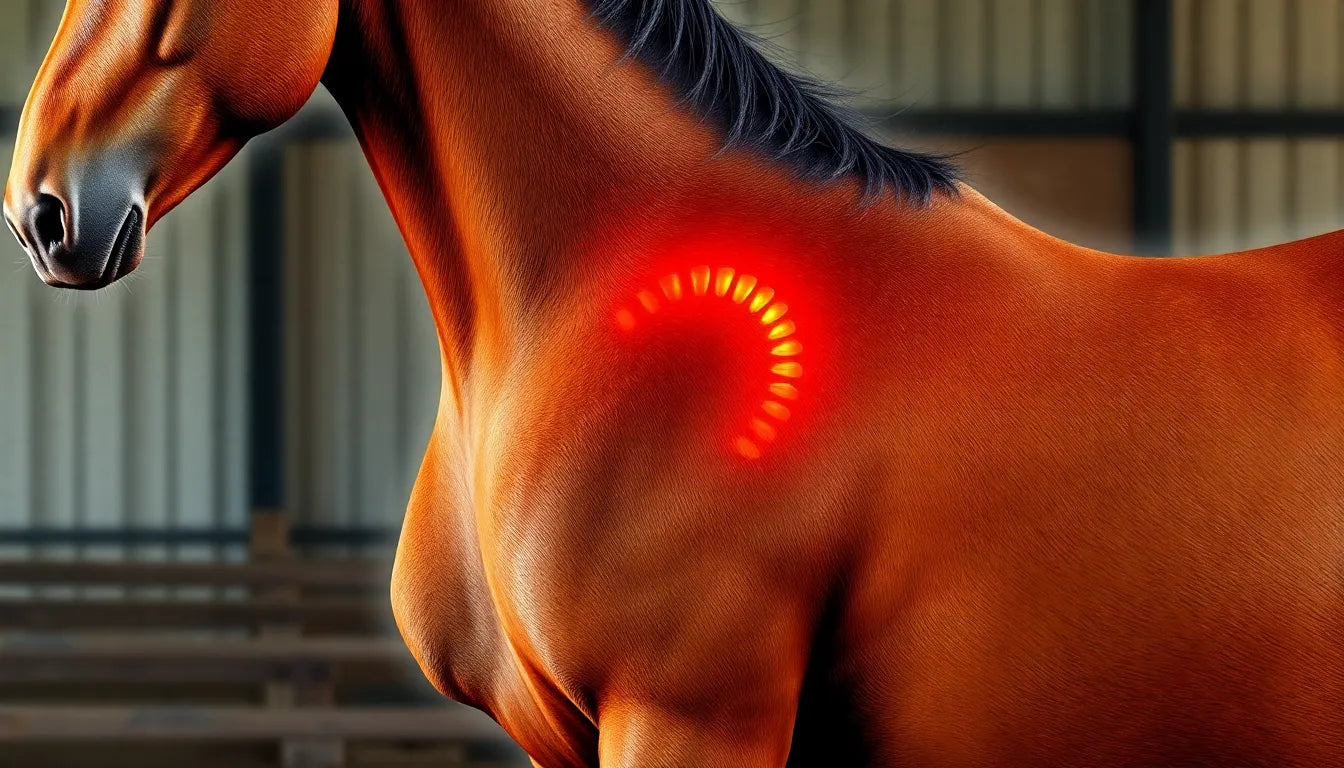The spine plays a pivotal role in our bodies, acting as the central support structure that enables us to stand, move, and perform daily activities with ease. Given its importance, it's no surprise that spinal health is a significant concern for many individuals. Among the most common issues affecting the spine are problems with the intervertebral discs, which can lead to conditions such as herniated and bulging discs. These terms are often used interchangeably, leading to confusion about their differences and implications for health.
Why understanding spinal disc issues is crucial
Understanding the distinction between a herniated disc and a bulging disc is essential for anyone experiencing back pain or related symptoms. Each condition involves a different type of disc damage, which can influence the severity of symptoms and the approach to treatment. A clear comprehension of these differences can aid in seeking the appropriate medical intervention and managing symptoms effectively.
This article aims to demystify these two conditions by exploring their unique characteristics, symptoms, causes, and available treatment options. By doing so, it seeks to empower individuals with the knowledge needed to make informed decisions about their spinal health. Whether you're experiencing discomfort or simply wish to understand more about these common spinal issues, this guide will provide valuable insights into the complexities of disc-related problems.
Understanding the anatomy of bulging and herniated discs
To differentiate between a bulging disc and a herniated disc, it's essential to delve into their anatomical distinctions. A bulging disc occurs when the disc protrudes beyond its normal perimeter but retains its outer layer intact. Imagine a jelly donut being gently squeezed, causing the jelly to push against the dough without breaking through. This analogy helps visualize how the disc's outer layer remains unbroken, though it bulges outward.
In contrast, a herniated disc involves a more severe condition where the inner gel-like nucleus breaches the outer fibrous layer. This rupture can exert significant pressure on surrounding nerves, leading to intense pain and discomfort. The breach in the disc's structure is akin to the jelly in the donut spilling out, signifying a more pronounced and potentially debilitating condition.
Comparing symptoms: bulging vs herniated discs
Both bulging and herniated discs can manifest similar symptoms, making it challenging to distinguish between them without professional diagnosis. Common symptoms include back and leg pain, tingling sensations, numbness, and a reduced range of motion. However, the severity and specific nature of these symptoms can vary significantly between the two conditions.
Herniated discs are more likely to cause acute pain and nerve irritation due to the direct impact on nerve roots. Patients might experience sharp, shooting pains, often described as "electric shock" sensations, especially when the disc affects nerve pathways. On the other hand, bulging discs might cause milder discomfort, often presenting as a dull, persistent ache.
Exploring causes and risk factors
The causes of both bulging and herniated discs often overlap, with several shared risk factors. Degenerative disc disease, a natural part of aging, is a common precursor, as the discs lose hydration and elasticity over time. Other contributing factors include spinal injuries, repetitive strain from physical activities, obesity, poor posture, and genetic predispositions.
Lifestyle choices play a critical role in the development and progression of these conditions. Sedentary habits, smoking, and poor nutrition can exacerbate disc degeneration, increasing the likelihood of experiencing disc-related issues. Conversely, maintaining a healthy weight, engaging in regular physical activity, and practicing good posture can mitigate these risks.
Understanding these distinctions and risk factors is crucial for effective prevention and management. By recognizing the signs early and implementing lifestyle changes, individuals can reduce the impact of these spinal conditions and improve their overall quality of life.
Diagnosis and treatment options for spinal disc issues
Accurate diagnosis is crucial in distinguishing between a herniated disc and a bulging disc, as the treatment approach may vary significantly. Medical professionals typically utilize imaging techniques such as MRI (Magnetic Resonance Imaging) to get a detailed view of the spine and identify the exact nature of the disc problem. This non-invasive method provides clarity on whether the disc is bulging or herniated, allowing for a targeted treatment plan.
Once diagnosed, treatment options range from conservative to surgical interventions. Conservative treatments are often the first line of defense and include physical therapy, pain medications, and epidural steroid injections. These methods aim to reduce inflammation, alleviate pain, and improve mobility without the need for surgery. Physical therapy, in particular, plays a vital role in strengthening the muscles around the spine, providing better support and potentially reducing symptoms.
In cases where conservative treatments do not provide sufficient relief, surgical options may be considered. Surgery is typically recommended for herniated discs that cause severe pain or neurological deficits, such as significant weakness or loss of bladder control. Minimally invasive procedures, such as microdiscectomy, can effectively remove the portion of the disc that is pressing on the nerve, offering relief with shorter recovery times compared to traditional open surgeries.
Comparing bulging vs herniated discs: A summary
To provide a clear comparison between bulging and herniated discs, consider the following summary:
| Aspect | Bulging Disc | Herniated Disc |
|---|---|---|
| Structure | Disc protrudes but outer layer remains intact | Inner nucleus breaks through outer layer |
| Symptoms | Milder pain, often dull and persistent | Severe pain, potential nerve irritation |
| Treatment | Conservative treatments typically effective | May require surgery if severe |
Conclusion
Understanding the differences between herniated and bulging discs is essential for anyone experiencing back pain or related symptoms. By recognizing the unique characteristics and treatment options for each condition, individuals can make informed decisions about their spinal health. Consulting with healthcare professionals is crucial to receive personalized advice and ensure effective management of these conditions. Remember, early intervention and lifestyle adjustments can significantly impact the prognosis and quality of life for those affected by spinal disc issues.
Frequently Asked Questions
What is the main difference between a bulging disc and a herniated disc?
The main difference lies in the disc's structure: a bulging disc occurs when the disc protrudes outside its normal boundary but remains intact, while a herniated disc involves the inner nucleus breaking through the outer layer, potentially causing more severe symptoms.
Can both conditions heal on their own?
Both conditions can improve with conservative treatment, but the healing process varies. Bulging discs often respond well to non-surgical treatments, while herniated discs might require more intensive interventions if symptoms are severe.
Are there specific exercises to avoid with these conditions?
It is advisable to avoid high-impact activities and exercises that strain the back, such as heavy lifting and twisting movements. A physical therapist can recommend safe exercises to strengthen the back and improve flexibility without exacerbating symptoms.
How can lifestyle changes help in managing these conditions?
Adopting a healthy lifestyle can significantly aid in managing spinal disc issues. Maintaining a healthy weight, engaging in regular low-impact exercise, practicing good posture, and quitting smoking can all help alleviate symptoms and prevent further disc degeneration.
Sources
- Fayaz Neurosurgery. "Difference Between a Bulging Disc and a Herniated Disc."
- Neurosurgery One. "Bulging Disc vs. Herniated Disc: Does it Matter?"
- Neurosurgeons of New Jersey. "Bulging Disc vs Herniated Disc: How to Differentiate the Symptoms."
- Personalized Orthopedics of the Palm Beaches. "The Difference Between a Herniated Disc and a Bulging Disc."


















